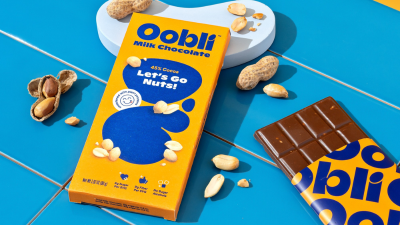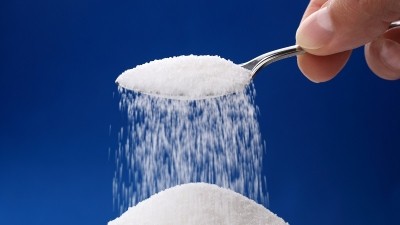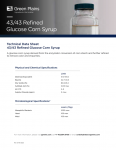Balancing sugar reduction, consumer demands: Why CPG companies might want to take the 'stealth-health' approach

“The big shot across the bow came from the World Health Organization, and that goes back to 2015. They said, ‘Look, no more than 10% of the calories should be added sugars’ ... Then, you have the Dietary Guidelines, and that's the same thing, and the American Heart Association even wants it down to 6%,” Hank Cardello, author of the report and executive in resident, leadership solutions program for health and prosperity at Georgetown University’s McDonough School of Business, told FoodNavigator-USA.
The “stealth health” approach to reducing sugar
The 30-page Georgetown University report serves as a “clearinghouse for the most stringent and rigorous research” and features insight and data on low- and no-calorie sweeteners (LNCS) and the role they can play in addressing the obesity crisis, Cardello explained.
In the report, Cardello makes the case for boosting LNCS usage within permitted regulatory limits, which could reduce 70bn grams of added sugar and 225bn calories from consumers’ diets. Currently, 87% of sweetened products on the market include sugar, while only 8% feature LNCS and 5% contain both, the report stated.
While LNCS adoption is relatively low, CPG companies have made progress in reducing sugar content, Cardello noted. The Healthy Weight Commitment Foundation had 16 of its members, which represent some of the top CPG companies in the US, cut 78 calories from the US consumers' diet through the reduction or elimination of sugar in soft drinks, cereals, and snacks.
CPG companies are also increasingly relying on natural sweeteners like stevia and monk fruit to meet both sugar reduction goals and consumer demands for sweetness, Cardello noted.
Allulose is another natural sweetener that can help CPG brand companies lower the calorie content of products, Cardello pointed out. Recently, UC Davis scientists found a new production method for obtaining allulose at “a yield of over 60%, and purity of over 95%, outperforming the existing production methods,” as shared in a press release.
“[Allulose is] a rare sugar, and it behaves very much like sugar yet in many cases with 70% fewer calories. So those are directions that I think the industry is looking very, very hard at, and if they come across the holy grail where it's more natural and its still delivers a great taste, they'll skew that way, provided they can get the cost in line.”
When it comes to implementing sugar-reduction strategies, Cardello cautioned against a sudden change in formulation that might upset customers, instead advocating for a “stealth health” approach, a process of reducing ingredients gradually over time — sometimes over decades — to obtain the desired reduction without advertising the change.
"One of the tough examples was when Campbell's Soup took sodium out of their soups... They might have gone a little too far at the time, and the consumer noticed, and there was backlash. So, that's just one of the harsh lessons about doing it incrementally... Those little changes every year for 30-40 years can make a huge difference."
Addressing consumer confusion, finding opportunities to innovate
As CPG companies push for lower sugar content, consumers are increasingly confused about what food ingredients are safe, highlighted by this year's aspartame news and the debate over ultra-processed foods.
“One of the things we noticed in the paper is consumers are confused. Who do I listen to? Somebody goes out and tests a half a dozen mice and makes a proclamation, and now what do I do?” he said. “We don't help ourselves without a centralized, legitimate science coming out with the appropriate proclamations to give good guidance to consumers.”
Similar to how CPG companies can take a practical approach to reducing sugar, they also need to assess consumers' health demands and incorporate more nutritional and healthy aspects into their ultra-processed products, Cardello said. “The food industry has an opportunity … to incorporate more fiber,” he added.
“When they start talking about ultra-processed foods, you have to step back and say, ‘Okay, let's go back to the main list that our consumers tell us they need and want in food products. They want taste. They want convenience. They want it to be affordable, and you get down the list, and they say, ‘Yeah, I'd like it to be reasonably healthy.’ But it all comes back to that taste.”





















